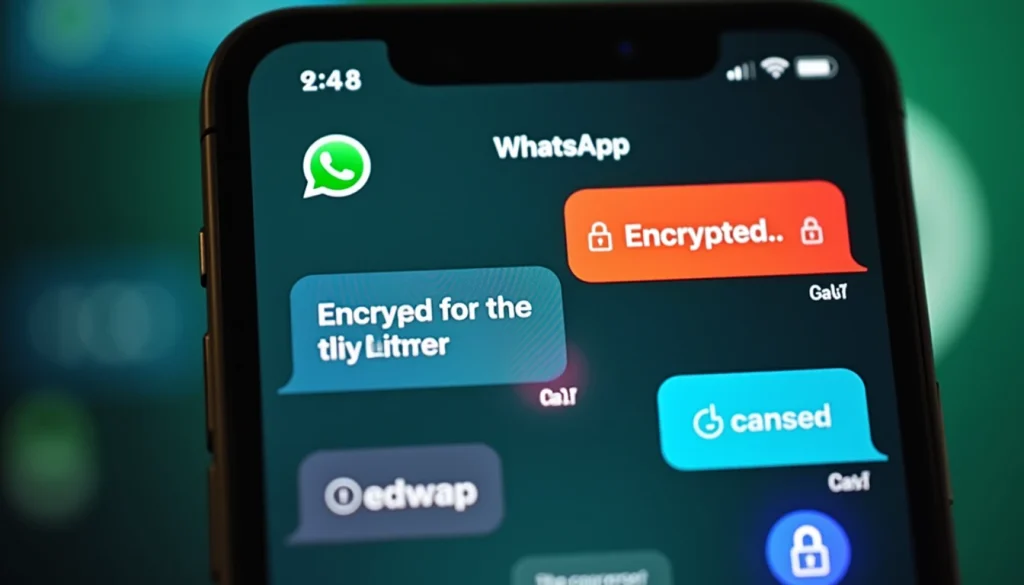
Safeguard your children’s digital well-being
Understanding the importance of setting digital boundaries
As technology continues to evolve, smartphones have become an integral part of our daily lives. For children, these devices offer endless possibilities for learning, entertainment, and social interaction. However, it is crucial for parents to recognize that unrestricted access to smartphones can lead to various issues such as addiction, cyberbullying, exposure to inappropriate content, and sleep disturbances.
Establishing healthy digital boundaries is essential in ensuring your child’s well-being in an increasingly connected world. By setting limits on smartphone usage, you can help your child develop a balanced approach to technology while minimizing potential risks. It is important to remember that as a parent, you have the responsibility to guide and protect your child from the potential negative impacts of excessive screen time.
Setting up parental controls
One of the most effective ways to establish healthy digital boundaries for your children’s smartphone usage is by utilizing parental control features offered by various devices and applications. These tools allow parents to monitor, restrict, and manage their child’s online activities, ensuring a safe and secure browsing environment.
Many smartphones come with built-in parental control settings that can be accessed through the device’s operating system. For example, iOS devices have Screen Time settings that enable you to set daily time limits for specific apps, block certain content categories, and establish app usage rules based on age ratings. Similarly, Android phones offer similar features through their Digital Wellbeing settings.
In addition to device-based controls, there are numerous third-party applications available in the market that provide advanced parental control functionalities. These apps can help you monitor your child’s online activities, block inappropriate content, set time limits for app usage, and even track location. Some popular options include Norton Family, Kaspersky Safe Kids, and Net Nanny.

Monitoring online activity
As a parent, it is crucial to be aware of your child’s online activities to ensure their safety and well-being. While parental control measures can provide a layer of protection, active monitoring plays a vital role in identifying potential risks and addressing them promptly.
One effective way to monitor your child’s smartphone usage is by regularly reviewing their browsing history and app activity. Most devices allow you to access this information through their privacy settings or parental control features. By checking the websites they visit and the apps they use, you can gain insights into their online behavior and identify any concerning patterns.
Additionally, it is important to establish open communication channels with your child regarding their smartphone usage. Encourage them to share their experiences, ask for help if they encounter anything uncomfortable or inappropriate online, and discuss the importance of responsible digital citizenship. By fostering a trusting relationship with your child, you can create an environment where they feel comfortable seeking guidance when faced with online challenges.
Promoting healthy device usage habits
Establishing healthy digital boundaries goes beyond just setting restrictions and monitoring activities. It is essential to promote good habits that encourage responsible smartphone usage among children.
One effective approach is to establish designated screen-free times and zones at home, such as during meals or before bedtime. This can help your child develop a healthier relationship with technology while also promoting face-to-face interactions and quality family time. Encourage your child to engage in alternative activities like reading books, playing outdoor games, or pursuing hobbies that do not involve screens.
Another important aspect is educating your child about the potential dangers of excessive smartphone usage. Discuss topics such as cyberbullying, online privacy, and responsible social media behavior. Teach them how to identify fake news, protect personal information, and report suspicious activities they encounter online. By empowering your child with knowledge and critical thinking skills, you can equip them to navigate the digital world safely.
Balancing trust and protection
While it is crucial to safeguard your child’s well-being through establishing healthy digital boundaries, it is equally important to strike a balance between trust and protection. Over-restrictive measures or invasive monitoring can lead to resentment and distrust between you and your child.
As your child grows older and demonstrates responsible smartphone usage habits, gradually adjust the parental control settings accordingly. This could involve increasing time limits for certain apps or allowing access to age-appropriate content categories. The goal is to empower your child with autonomy while still providing a safety net through appropriate boundaries and guidance.
Open communication remains key in maintaining a healthy balance between trust and protection. Regularly engage in conversations about smartphone usage, listen to your child’s concerns and perspectives, and involve them in the decision-making process regarding device policies. By fostering an environment of mutual understanding and respect, you can build a strong foundation for responsible digital citizenship.
Staying updated with evolving technology
As technology continues to advance at a rapid pace, it is essential for parents to stay informed about new developments that may impact their child’s smartphone usage. Regularly research the latest parental control features offered by device manufacturers and software developers, as well as emerging trends in digital safety.
Follow reputable sources such as trusted websites or organizations dedicated to promoting online safety and privacy. These resources can provide valuable insights into potential risks, tips for maintaining healthy boundaries, and strategies for addressing new challenges that arise with technological advancements.
Moreover, consider joining support groups or communities where parents share their experiences and best practices regarding smartphone usage among children. Engaging in such discussions can offer valuable perspectives and help you stay updated on effective approaches to managing digital boundaries in an ever-evolving landscape.
Conclusion
Establishing healthy digital boundaries for your child’s smartphone usage is a continuous process that requires active involvement, open communication, and adaptability as technology evolves. By setting up parental controls, monitoring online activities, promoting good habits, balancing trust and protection, and staying updated with evolving technology, you can help ensure your child’s well-being in an increasingly connected world.
Remember, every family is unique, so tailor these strategies to suit your individual needs and circumstances. The key is to create a safe environment where your child can explore the benefits of smartphones while minimizing potential risks. By working together as a family and fostering responsible digital citizenship from an early age, you can empower your child to navigate the digital world confidently and safely.






